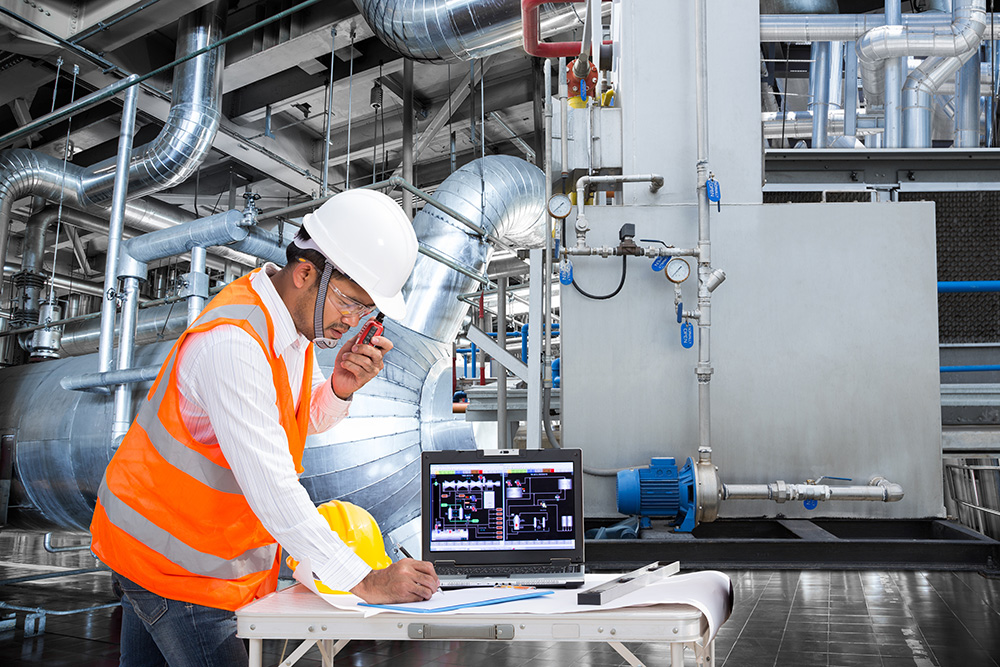
In the ever-evolving landscape of commercial spaces, efficiency, and precision control are paramount, especially regarding heating systems. With its clean and versatile attributes, commercial electric heating has witnessed a significant transformation with the advent of advanced zoning technologies. This article explores the power of zoning in commercial electric heating, highlighting how precision control enhances energy efficiency and provides a tailored approach to heating diverse spaces within a commercial setting.
- Understanding Zoning in Commercial Electric Heating: Zoning divides a commercial space into distinct heating zones with independent temperature control. In electric heating, different areas within a building or facility can be heated according to their specific needs, allowing for a more customized and efficient heating solution.
- Tailored Comfort for Varied Spaces: Commercial spaces are often multifunctional, housing offices, meeting rooms, lobbies, and more. Zoning enables precise temperature control in each area, ensuring that comfort is optimized according to the space’s unique requirements. Employees and visitors benefit from a comfortable environment tailored to their specific needs.
- Energy Efficiency at its Peak: Zoning minimizes energy wastage by directing heat precisely where needed. Instead of heating the entire commercial space uniformly, which can be inefficient, electric heating systems with zoning capabilities allow for the selective heating of specific zones. This targeted approach saves energy, contributing to a more sustainable and cost-effective operation.
- Smart Control Systems: Integrating smart control systems takes zoning to the next level. With advanced technologies, such as programmable thermostats and IoT (Internet of Things) connectivity, commercial electric heating systems can be remotely controlled and programmed. This enables facility managers to adjust heating schedules, monitor energy usage, and respond to changing occupancy patterns, all from a centralized platform.
- Occupancy Sensors for Dynamic Heating: Zoning systems equipped with occupancy sensors add an extra layer of efficiency. These sensors can detect human presence in specific zones and adjust the heating accordingly. Unoccupied areas can be set to lower temperatures automatically, reducing energy consumption during periods of low activity.
- Adaptability to Building Layout Changes: Commercial spaces may undergo layout changes over time due to renovations or reconfigurations. Zoning systems offer adaptability, allowing for the easy adjustment of heating zones to accommodate new space arrangements. This flexibility is particularly beneficial in dynamic work environments where the layout evolves to meet evolving business needs.
- Reduced Maintenance Costs: Zoning can reduce maintenance costs by minimizing wear and tear on the heating system. By focusing on specific zones and avoiding unnecessary heating in unoccupied areas, the system operates more efficiently, potentially extending the lifespan of the equipment and reducing maintenance requirements.
The power of zoning in commercial electric heating lies in its ability to provide precision control, offering tailored comfort and energy efficiency to diverse spaces within a commercial setting. As technology advances, integrating smart controls and occupancy sensors further enhances the capabilities of zoning systems, making them an integral part of modern commercial heating